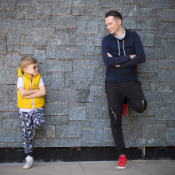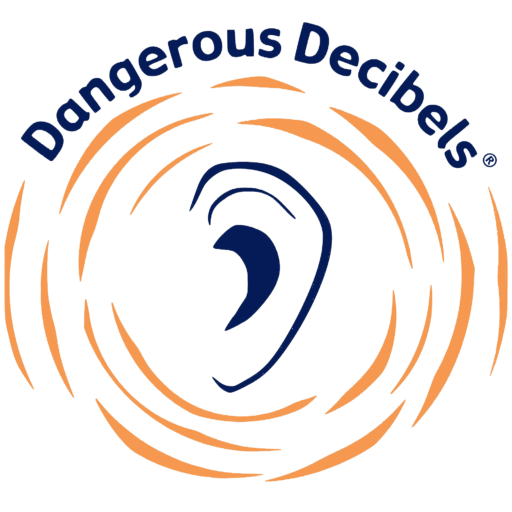Health Communication Informs the Dangerous Decibels Program
The science of health communication tells us how and when to reach our target audience the best, in this instance, school-aged kids.
So, let’s learn a little more about this, in the context of Dangerous Decibels. Health Communication interventions and a large body of work in the behavioral sciences have guided the content in the Dangerous Decibels Program.
 The Dangerous Decibels program increases the student’s knowledge and understanding of how we hear, how we all can damage our hearing, and how we can protect our ears. It teaches three important strategies that can reduce the risk of noise-induced hearing loss and tinnitus: walk away, turn it down, and/or use hearing protection. The program uses various instructional modalities to teach these strategies.
The Dangerous Decibels program increases the student’s knowledge and understanding of how we hear, how we all can damage our hearing, and how we can protect our ears. It teaches three important strategies that can reduce the risk of noise-induced hearing loss and tinnitus: walk away, turn it down, and/or use hearing protection. The program uses various instructional modalities to teach these strategies. The Dangerous Decibels program works to change attitudes and beliefs about hearing and hearing protection. In order to change attitudes and beliefs, the program demonstrates the ways in which we can damage our hearing and shows how reducing decibel levels can protect against damage.
The Dangerous Decibels program works to change attitudes and beliefs about hearing and hearing protection. In order to change attitudes and beliefs, the program demonstrates the ways in which we can damage our hearing and shows how reducing decibel levels can protect against damage. The Dangerous Decibels program works to instill self-confidence and independence in kids to make healthy decisions about reducing the risk of noise-induced hearing loss and motivates them to become role models to others.
The Dangerous Decibels program works to instill self-confidence and independence in kids to make healthy decisions about reducing the risk of noise-induced hearing loss and motivates them to become role models to others. The Dangerous Decibels program strives to change kids’ expectations. Many of our actions are driven by what we believe others expect us to do. We all tend to conform with the actions of our peers. So, it is important to disavow this expectation, either by showing that their friends in the class are also ready to act to protect their hearing, or by motivating kids to act independently, to be role models for friends, and by suggesting friends protect their hearing as well.
The Dangerous Decibels program strives to change kids’ expectations. Many of our actions are driven by what we believe others expect us to do. We all tend to conform with the actions of our peers. So, it is important to disavow this expectation, either by showing that their friends in the class are also ready to act to protect their hearing, or by motivating kids to act independently, to be role models for friends, and by suggesting friends protect their hearing as well.
Teaching Kids
What are effective health communication methods for teaching kids? The most important include:
- Having a credible, trustworthy, interesting educator (teacher) (YOU!)
- Offering several different ways kids can learn and communicate their ideas.
- Using varied components, like observation, online elements, discussion, as well as traditional teaching methods.
